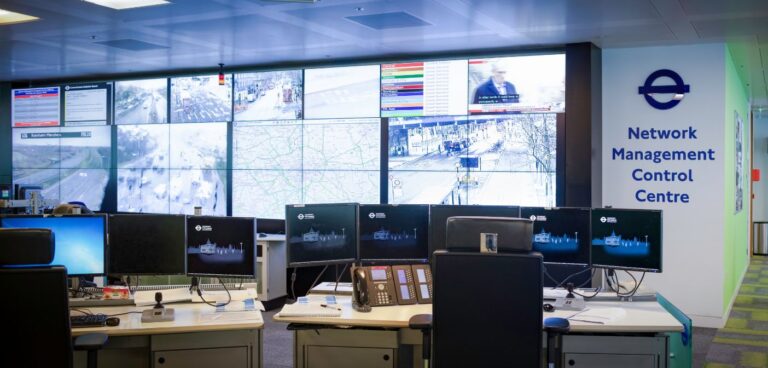Transport for London (TfL) has partnered with Siemens Mobility to trial new traffic signal technology in London that considers all road users.
TfL said the system creates a brand-new way of managing the 6,300 traffic lights in the UK capital, which are are currently controlled using magnetic detectors buried into the road that detect passing vehicles and optimise timings based on this.
According to TfL, the new Real Time Optimiser (RTO) platform will take into account a variety of rich data sources covering all road users rather than just motor vehicles, processing information on cycling, walking and freight movements across London.
A new algorithm named Fusion, developed by TfL and Siemens, will make data-driven decisions on which traffic signals should be placed on their green phase, when and for how long.
As the algorithm is designed to determine the best way of moving people around London efficiently and sustainably, TfL said the technology could enable pedestrians to cross the road sooner at certain times of day.
Glynn Barton, TfL’s director of network management, said: “London’s road network plays an absolutely vital role in the life of our city and we’re determined to make sure that people and goods can get to where they need to be in the safest and most sustainable way possible.
“That’s why we’re working to revolutionise how we manage London’s road network through our SITS programme, using data and cutting-edge technology to ensure that we can make the most out of every square metre of road space.
“Our new system for optimising London’s traffic lights is incredibly promising and could make a huge difference in cutting road danger, congestion and air pollution and enabling more people to walk and cycle.”
Furthermore, the algorithm can use data to determine if people cycling should be given a longer green phase, where separate traffic signals for people cycling exist. TfL said these types of smart, data-led changes to traffic lights could improve local air quality, cut congestion and enable more people to get around on foot and by bike.
The system is being tested on site in southwest London, allowing TfL and Siemens to observe the technology in real-world situations.
A full-scale roll-out of the technology across London is expected by 2023.





